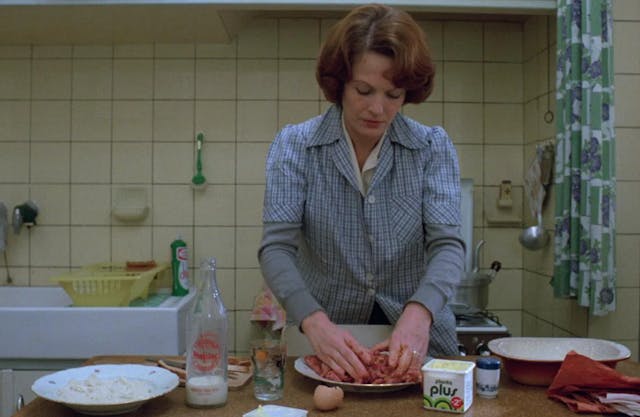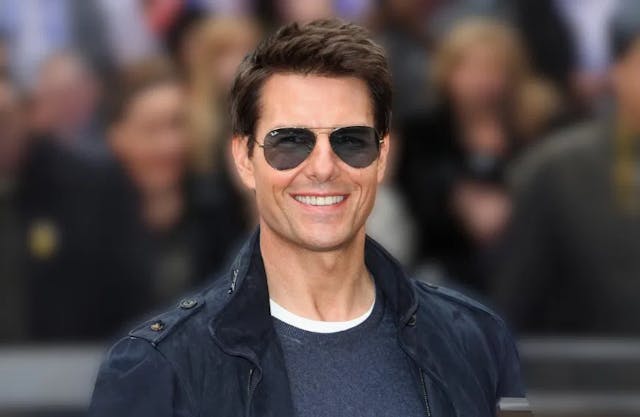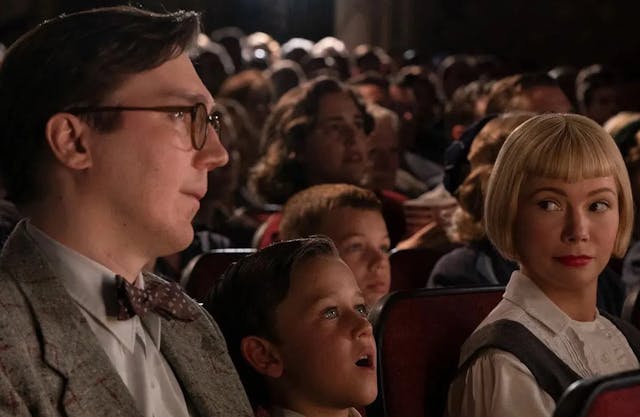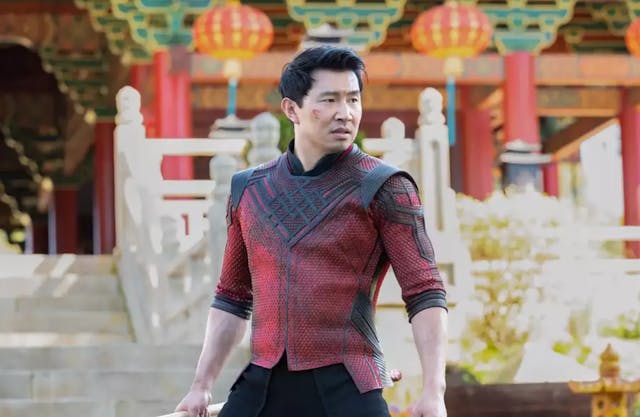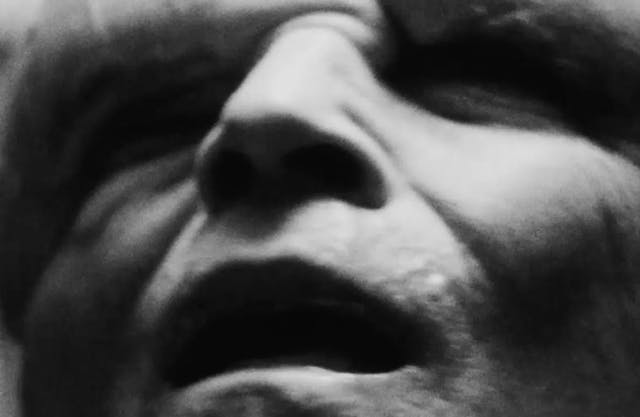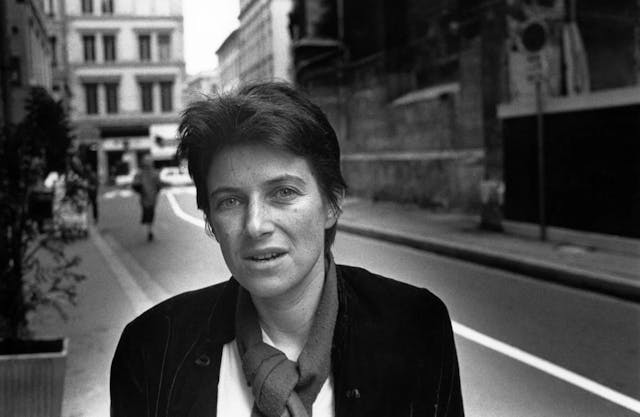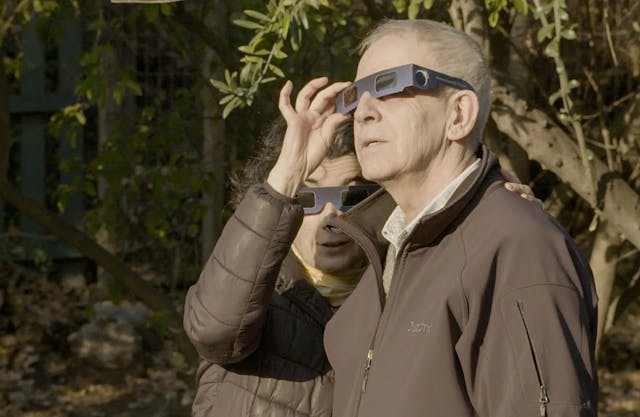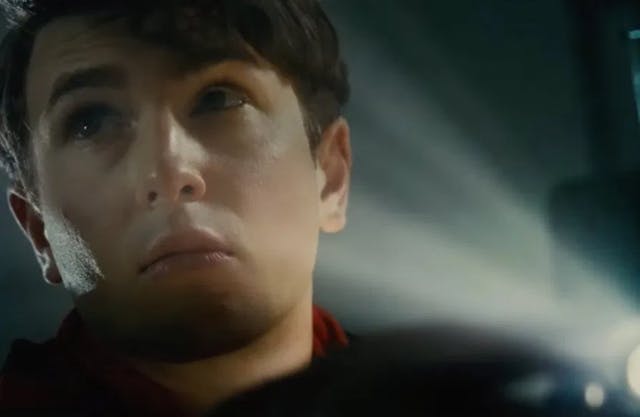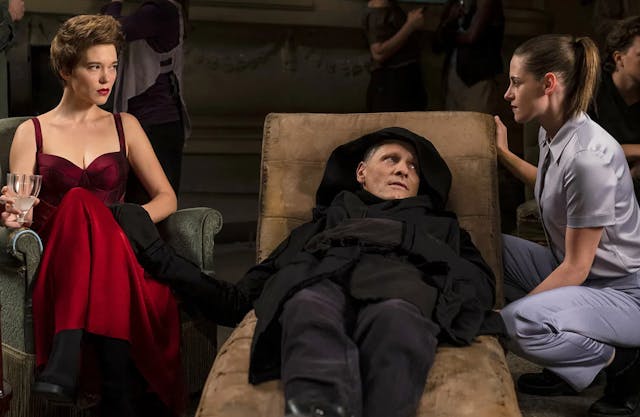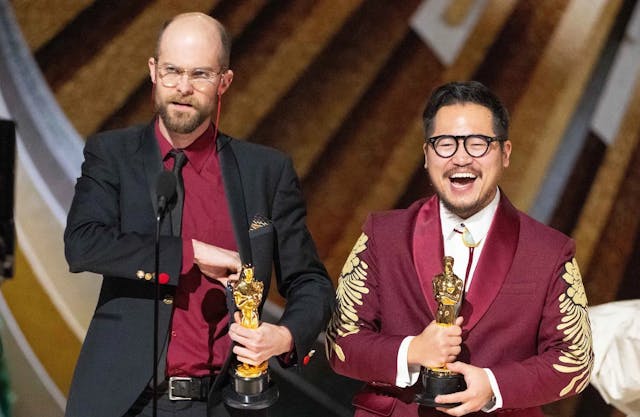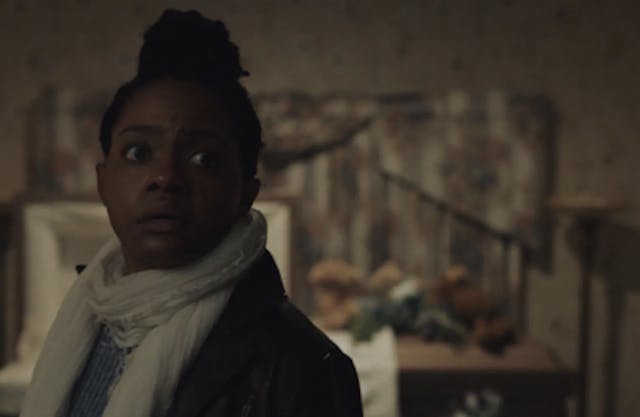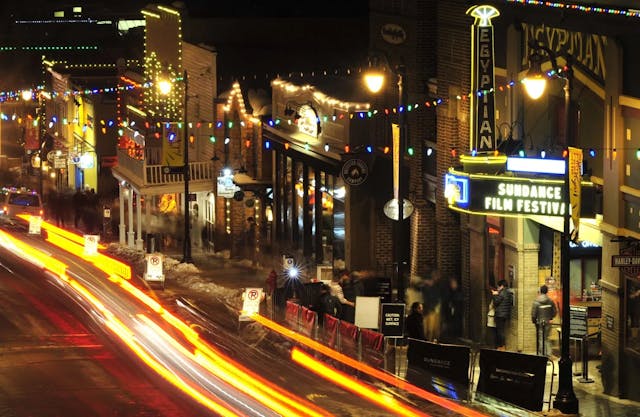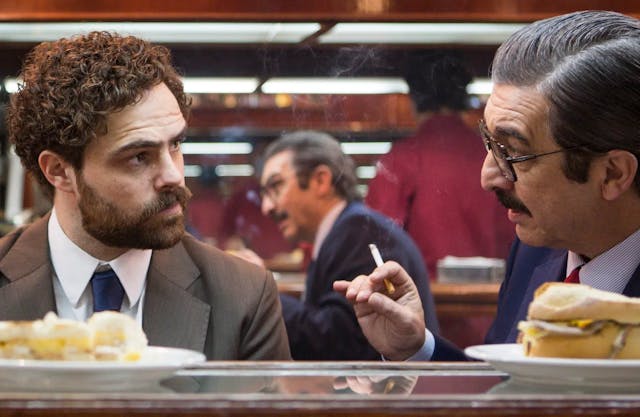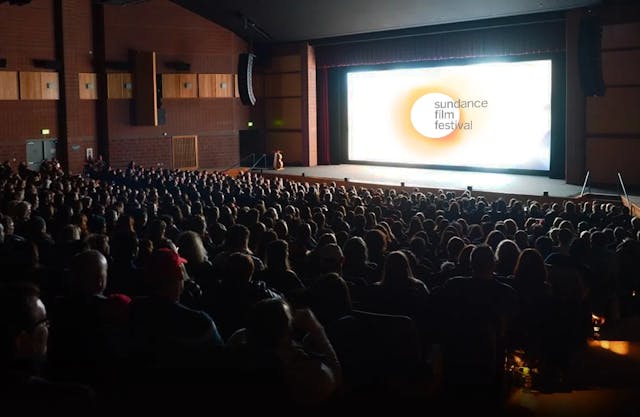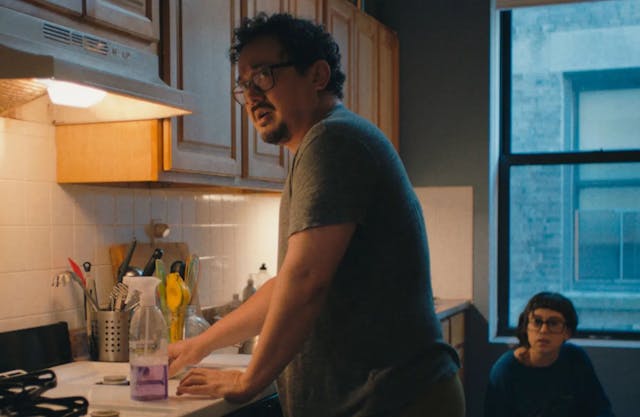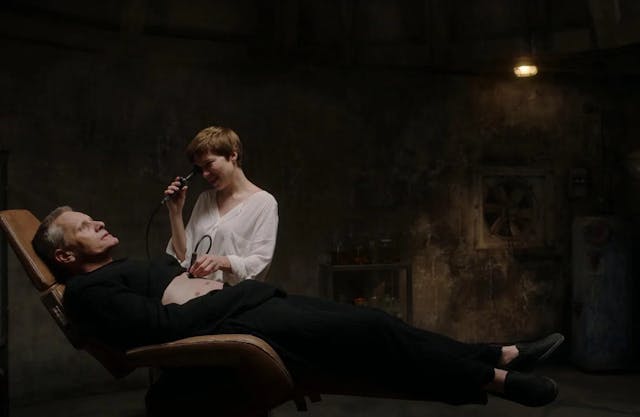Vroom! Vroom!: Top 10 Cars On Film For The Movie Buff Who Likes Speed
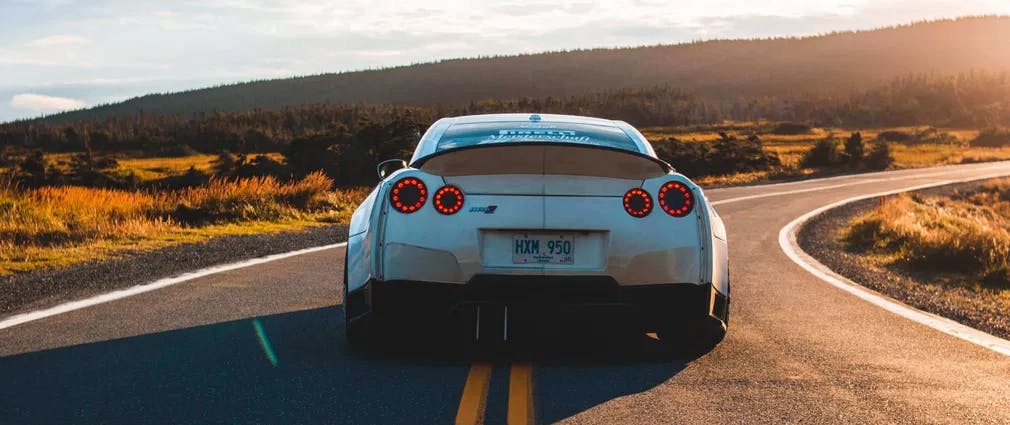
Nothing says summer like riding along in your car with the windows rolled down and the radio blasting, except, perhaps, a new Fast and Furious movie. FFX will roar into theaters in early April, and we can smell the gasoline. Maybe the fumes are pushing us down memory lane, remembering all the cars that stole the show before Dom Toretto's Honda Civic left the garage. You can forego these kids and go for the original article if you dig black and white movies. Now, on Popflick, you can watch indie films like the original "The Fast and The Furious," produced by the legendary Roger Corman, The Pope of Pop Cinema. Check out this fascinating documentary about his influential career.
But I digress. Today at Popflick, we want to honor a few memorable film cars. Bear in mind the order of presentation is random. Let's meet at the crossroads were there is no difference between a movie buff and a car aficionado.
The Love Bug (1968): Volkswagen Beetle
I remember going to the movies with my grandpa to see Herbie. Yes, Herbie. The fact that he was the star of a film was incidental. I was fascinated by the idea of a car bestowed with personality and intelligence.
The Love Bug is the actual title. I had to do some googling to identify it. In my memory, there was nothing else but Herbie. This adult who was a child decades ago has the name engraved in his heart. Herbie is a 1963 Volkswagen Beetle with the number 53 painted on the hood. Friends called him 8 (because 5+3 equals 8). It was the last Disney live-action film produced with the direct involvement of Walt himself, although it premiered two years after his death. Years later, Herbie Goes Bananas's sequel (Vincent McEveety, 1980) brought our friendly bug south to Mexico.
Batman: The Movie (1966): Modified Lincoln Future
Batman’s legendary car has been modified many times due to the many movies dedicated to the winged superhero. The model used in the TV series (1966) is warmly remembered and even made it to the big screen when Batman: The Movie took Adam West and Burt Ward to the cinema. It was a Lincoln Futura designed by the Italian firm Carrozzeria Ghia. Yes, an iconic American car made by Italians in 1955. It was supposed to be a car for middle-class families but with an attractive form. Market success was short-lived. By 1960, nobody remembered it. Those who survived were rusty ruins forgotten in garages. Flash forward to 1966. Fox asked George Barris to build the Batmobile in just three weeks. That was all the time they had before the TV series started shooting. Not an easy task!
Barris reached out to star designer Dean Jeffries, and together, they started working on the body of an old Cadillac, but soon their plans changed. There was not enough time. Then, Barris got the idea to repurpose a Lincoln Futura parked in his yard. He had bought it for just 1 dollar. By the time they finished, the Batmobile had all the accessories fit for a superhero. Under the hood, they installed a V8 engine. Contemporary Batman franchises offered new and improved Batmobiles, a new kind each time Warner Brothers did a reboot. Alas, none of them holds a candle to the first one.
Back to the Future (1985): DeLorean DCM-12
Michael J. Fox and Christopher Lloyd were fit for comedy, but they needed a striking-looking car to make the time-traveling angle believable. The particular vertical-axis opening doors of the 1981 Delorean DMC-12 sealed the deal. The aerodynamic design made you believe it could achieve 88 miles per hour, the necessary speed to jump in time. It was featured in three movies, traveling back and forth through time. It is the car with the most mileage in cinema history. It began working with atomic energy but picked up some new tricks along the way and ended up fueled by trash. I do not care for a time-traveling car, but I like the idea of recycling trash to get a motor running. It would be cheaper than gas.
Speed Racer (2008): Mach 5
We used to say in school, raise your hand if you have not seen Speed Racer. Because I am of a certain age, I mean the Japanese animated series, which conquered the world before reaching US audiences. Speed Racer is a young racer driver with a unique ability. His speedster, the Mach 5, was built by his father. It’s brimming with modifications, making it function as a submarine or jump like a kangaroo. Animators got inspiration from a real car, the DB5 Aston Martin, the same one James Bond rode in Goldfinger. Built between 1963 and 1965 in two different models, the best one with a 4.0 motor with five speeds, capable of going over 145 miles per hour thanks to the light chassis made of aluminum. A real-life prototype was built in 2000, working on a 2001 Chevrolet Corvette chassis.
You can thank the Wachowski sisters for bringing the characters and their vehicles to the big screen in Speed Racer (2008), their much-maligned follow-up to the original Matrix trilogy. The movie tanked at the box office and got scathing reviews, but over time, it became a misunderstood masterpiece, a cult classic that foresaw the rise of digital cinema. Their version of the Mach 5 was fully functioning but never actually ran on an actual road. Digital effects and green screens created the illusion of movement.
Thelma and Louise (1991): 1966 Ford Thunderbird
More than 30 years after its premiere, Ridley Scott’s timely feminist drama roars back into theaters for limited engagements. It is sobering to think it does not feel dated at all. Susan Sarandon and Gena Davis are the titular two friends taking a weekend trip with no return as a male-dominated world subjects them to unspeakable violence and drives them to crime. Callie Khouri’s Oscar-winning script is a brilliant combination of righteous fury and humor. Thelma and Louise drive a vintage sky-blue 1966 Ford Thunderbird, which helps to give their tragic last gesture an air of triumph. I am unsure that any waitress could afford such a gas guzzler, but it looks just right.
Ghostbusters (1984): 1959 Cadillac Miller-Meteor
If you needed a ride to the hospital or the mortuary in the Sixties, chances are you would ride the future Ecto-1. In the real world, the Ghostbusters' vehicle worked as an ambulance or a hearse, a limo-style end loader provided with a mechanism to slide in a gurney or a coffin. In the film, Egon (Harold Ramis) buys it for a song and modifies it with fantastic gadgets. Audiences loved it so much that it was unavoidably featured in sequels and remakes. Don't expect to find a true model. The movie features a modified professional chassis.
John Wick (2014): 1969 Boss 429 Ford Mustang
Sure, killing his puppy drove John Wick over the edge. Still, the original apple of discord, which motivated mafia scion Iosef Tarasov (Alfie Allen) to doggie murder, was John’s refusal to sell him his dreamy 1969 Boss 429 Ford Mustang. Ford produced only 829 units. No wonder it awakens deadly car lust in the hearts of men. Three more movies flourished out of the incident, including John Wick: Chapter 4 (Stahelski, 2023), currently residing at the top of the box office. Spinoff Ballerina, with Ana de Armas, is in the works, as is TV series The Continental. We have no information yet on which cool wheels will make an apparition.
Drive My Car (2021): SAAB 900 Turbo
This one goes out to my Art House peeps. Ruysuke Hamaguchi’s fantastic adaptation of a Haruki Murakami Short story became one of the best movies in 2021. Following the relationship between a grieving theater director and his female driver, much of the action happens within the confines of his old Saab 900 Turbo. The car is an extension of his personality, a stylized but conservative choice for a successful man incapable of letting go of the past.
Keep It For Yourself (1991): 1991 Nissan Figaro E-FK10
French film director Claire Denis is one of the best living filmmakers of our generation. It is not an accident she has two works on the 2022 Sight and Sound Greatest Films of All Time Poll, including Beau Travail (1998) at number 8. In 1991, she was an up-and-coming rookie with a single feature in her filmography. Surprisingly, Japanese carmaker Nissan reached out to offer her directing a chapter in a three-part anthology film conceived to promote their latest model, the 1991 Nissan Figaro. With full creative control - the only condition was that the car should figure in the plot - she created a gentle comedy about a French girl traveling to New York to reunite with an American lover. The man gets cold feet and disappears, letting her stay at his apartment in lower Manhattan, where she finds love and adventure among eccentric characters. A work heavily influenced by Jim Jarmusch, with whom Denis apprenticed as an assistant director. The film was missing for years until boutique streamer Le Cinema Café rescued it for a limited online engagement.
This disappearing act is of a piece with the Figaro. Nissan assembled a little over 20 thousand units exclusively for the Japanese market before ceasing production. Still, you can satisfy your curiosity. A rough-looking copy resides in the Internet Archive. They are doing God's work. Set out 41 minutes of your time, and check "Keep It For Yourself" out!
The Hire (2000-2001): Assorted BMW models
Between 2001 and 2002, BMW produced a series of short films by high-profile film directors featuring British actor Clive Owen at the peak of his Hollywood fame as a nameless driver at the wheel of assorted models bearing the German brand. The talent involved is a who’s who of hot early-aughts directors, with some legends thrown in: John Frankenheimer, Ang Lee, Wong Kar Wai, Guy Ritchie, John Woo, Alejandro González Iñárritu, Tony Scott, Joe Carnahan, and Neil Blomkamp. If you are curious, you can buy DVD editions via eBay or track some of them on YouTube.
Bonus Track: Knight Rider (1982-1986)
Our bonus track belongs to a car that never made it to the big screen (yet) but captured our imagination thanks to its aesthetic and for pushing forward the concept of artificial intelligence, which back in the 80s was pure science fiction. Knight Rider was the last TV series produced by Glen A. Larson at Universal Studios before moving on to Fox. David Hasselhoff played the lead, driving a sentient 1982 Pontiac Firebird Trans Am. In real life, the ticket price was 100 thousand dollars, and no sentient computer named Kitt was available as an extra. Nowadays, it can reach 300 thousand in the resale market. Several second-hand models were used to film the most dangerous scenes, bought for one dollar after being totaled in accidents. I would pay that for one. James Wan, the man behind the Saw and The Conjuring franchises, is said to be working on a film reboot.
And so, we reach the end of the road in this car rundown. Please write us at [email protected] and let us know which cars we missed. We might get enough for a sequel!
Want to get an email when we publish new content?
Subscribe today
